F1: Spanish GP at Barcelona Preview
Spain’s grand prix can trace its roots back to 1913 and after spells in Barcelona’s district Pedralbes and Montjuic Park, Madrid’s Jarama, and Jerez’s eponymous circuit, the purpose-built Circuit de Barcelona-Catalunya assumed permanent host duties in 1991.
The 4.6km circuit acts as a firm test of a car’s aerodynamic prowess and tire usage, with a plethora of long-radius corners and quick direction changes. Teams and drivers also have extensive knowledge of the Circuit de Barcelona-Catalunya through its many years as a host venue for pre-season testing, and consequently is it the circuit at which MoneyGram Haas F1 Team made its public on-track debut, back in February 2016.
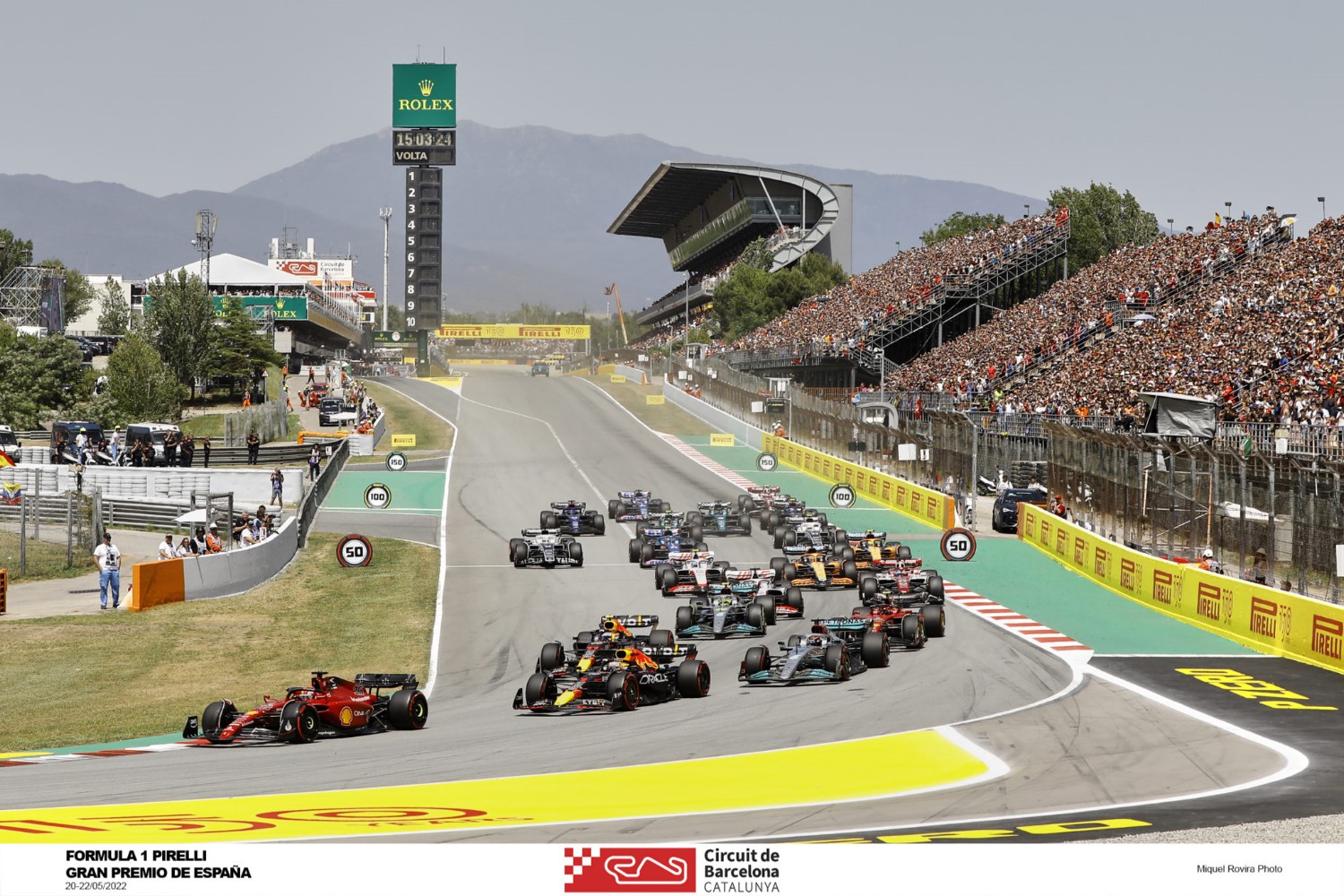
For 2023 there has been one major change to the layout of the Circuit de Barcelona-Catalunya. The awkward slow-speed chicane towards the end of the lap has been scrapped, restoring the circuit to its pre-2007 layout, meaning the lap will conclude with two medium-to-high speed right-handers. That will result in an overall faster average lap speed and it is hoped will facilitate better racing along Barcelona’s pit straight.
Barcelona is a familiar track for all the teams and drivers and although there are some changes to the track layout for 2023, these are only reverting to a previous layout, which all teams have a lot of experience of. The reintroduction of two high-speed corners to end the lap is quite a departure from the previous layout with the low-speed chicane; this will require some changes to the car setup and will place different demands on the tires.
Following a string of street circuits, it is useful to be returning to a reference racetrack.
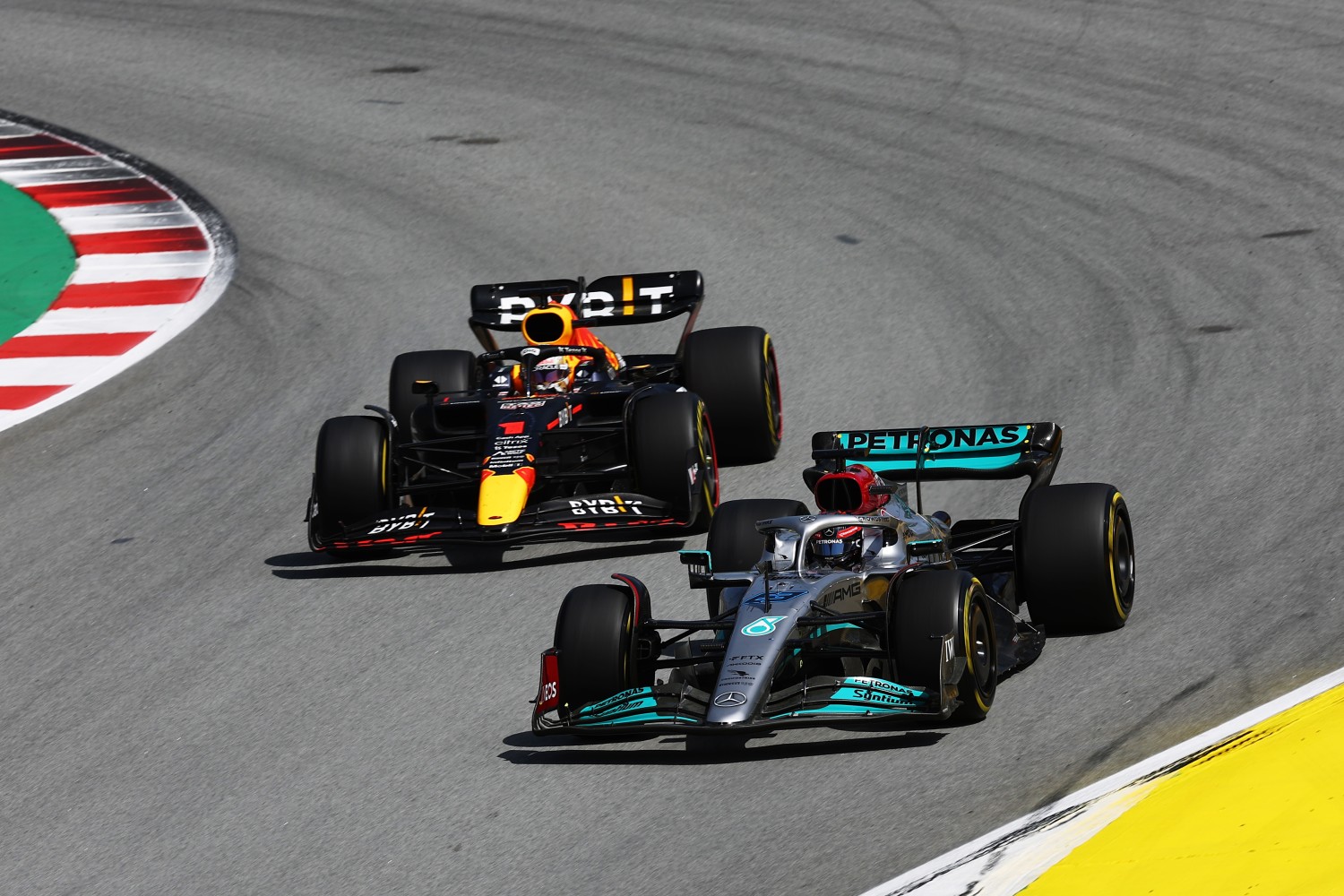
Each driver receives two additional sets of tires this weekend, which are a preview of the new carcass construction that all teams will use from the British Grand Prix onwards. Testing these additional tires mean that we have a lot of work to get through in the short Friday sessions, and we will need to carefully choose which of our other test items we weave into the program.
The weather forecast is for typically warm early-June conditions but with a risk of showers during the weekend. We should get all the testing done in the dry but then the rain may start to dictate the program from Saturday afternoon onwards.

Fact File: Spanish Grand Prix
- The Circuit de Barcelona-Catalunya has a revised layout for this year’s race. The slow, final chicane has been removed, returning the track to its original, 4.657km layout, 18 meters shorter than previously.
- The circuit is an ideal track for both testing and evaluating an F1 car. It has a wide range of corner types and speeds, plus some long straights. Slow-speed corners such as Turn 10 focus on mechanical grip, with high-speed sections such as Turns 3 and 9, and now the T13-14 sequence, test a car’s aerodynamic grip.
- A new Pirelli tire specification, containing materials that have already been developed for 2024 tires, will be given its first run on a Grand Prix weekend during FP1 and FP2 in Spain.
- As current F1 cars get faster and induce more downforce, the tire manufacturer has developed a new spec that will make the tires more resistant. They will come into use at the British Grand Prix. For Barcelona, teams will be given two extra sets per car to be used during FP1 and FP2.
- Barcelona has one of the longest runs from pole position to the braking zone at the first corner, measuring 613 meters.
- The wind at the Circuit de Barcelona-Catalunya often changes during the day. Usually, there is a tailwind on the main straight in the morning, which produces a headwind into the high-speed turns. This helps provide better car stability. It then tends to rotate in the opposite direction in the afternoon making balance more challenging.
- Turn 5 is a unique corner, because drivers approach it differently depending on the session. The camber of the road drops at the apex, which unloads the inside-front tire and increases the risk of lockups. Drivers will take a tighter line in Qualifying as it shortens the distance, but on a race stint, lockups can cause vibrations and damage the tire. So they take a wider line to keep the load off the inside-front and reduce the potential of a lockup.
- By adding another quick right hander and making T14 faster than before, the new layout now also adds further duty on the left-hand tires. There remain only three left-hand corners now and those are low speed, thus the loading on the tires is extremely asymmetrical.
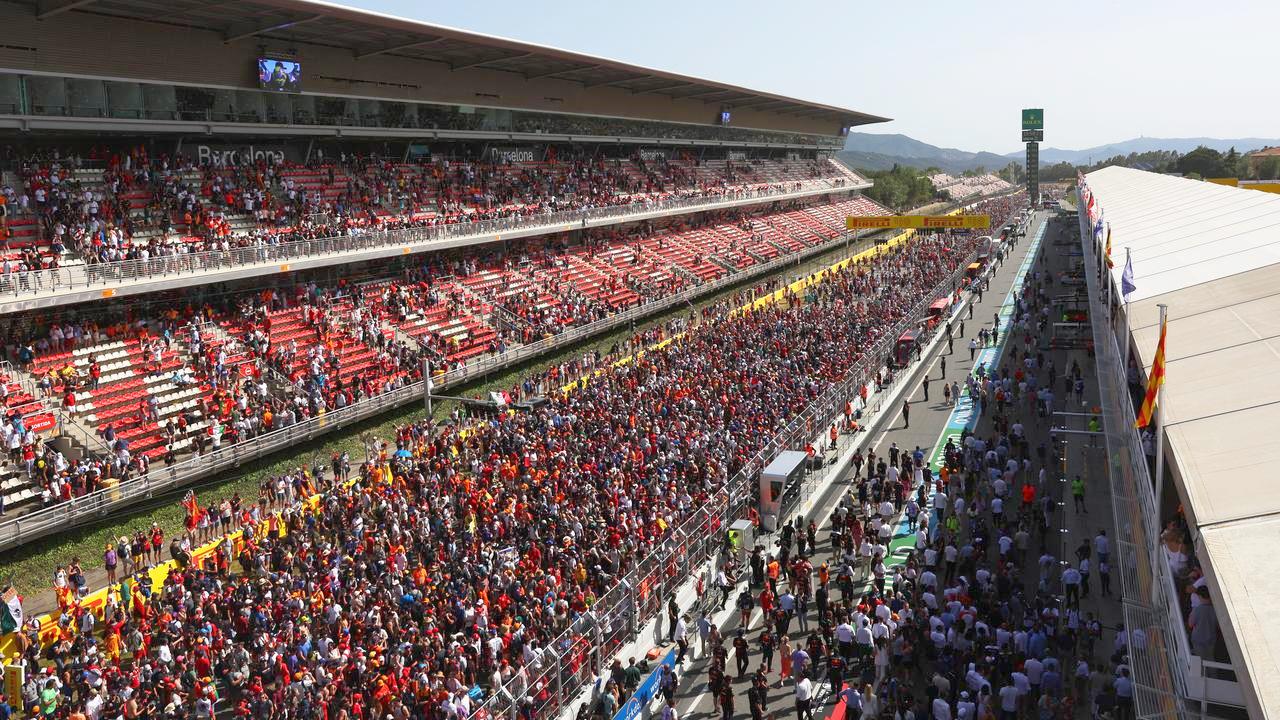
What to Expect
- Race interruptions: Race interruptions are rare in Barcelona. In the hybrid era (since 2014) there have been just four Safety Car deployments, and just two Virtual Safety Car deployments since the system was introduced. As for retirements, there is an average of just three per race, which means plenty of caution-free running.
- Overtaking: Not easy, but there are opportunities given high tire degradation, which means there should be pace differences between cars on different strategies. The long DRS zone on the main straight and the opening turns are where drivers will attempt to make their moves, or down the DRS straight on the run to Turn 10.
- Strategy: Expect a mix of strategies given high tire degradation. Adding to the unknowns, teams aren’t as familiar with the circuit given it’s got a new layout in Sector Three, and the circuit didn’t hold pre-season testing in 2023. There is also a new specification Pirelli slick tire, planned for introduction at Silverstone, to test in Friday practice.
Unlocking the Lap

The lap begins with a short run to the opening two corners, a right-left hop uphill that can be difficult to take when 20 cars are jostling for position at the start of the race. It’s a case of hanging on into Turn Three, where the bravest will try to pass around the outside of this high-speed uphill run. Turn Four sets drivers up for the challenging downhill Turn Five.
Soon, it’s flat out through Turn Nine and down the DRS straight towards Turn 10. This is the most demanding corner on the brakes and an area where a late dive down the inside of a rival can prove tempting in an attempt to gain a position.
A short squeeze of the throttle and Turn 11 is up next, immediately leading to the medium-speed right-hander of Turn 12. Turns 13 and 14 now conclude a lap at Circuit de Barcelona-Catalunya, as the final right-hander and chicane have been replaced with this pair of flat-out corners that lead onto the long main straight.
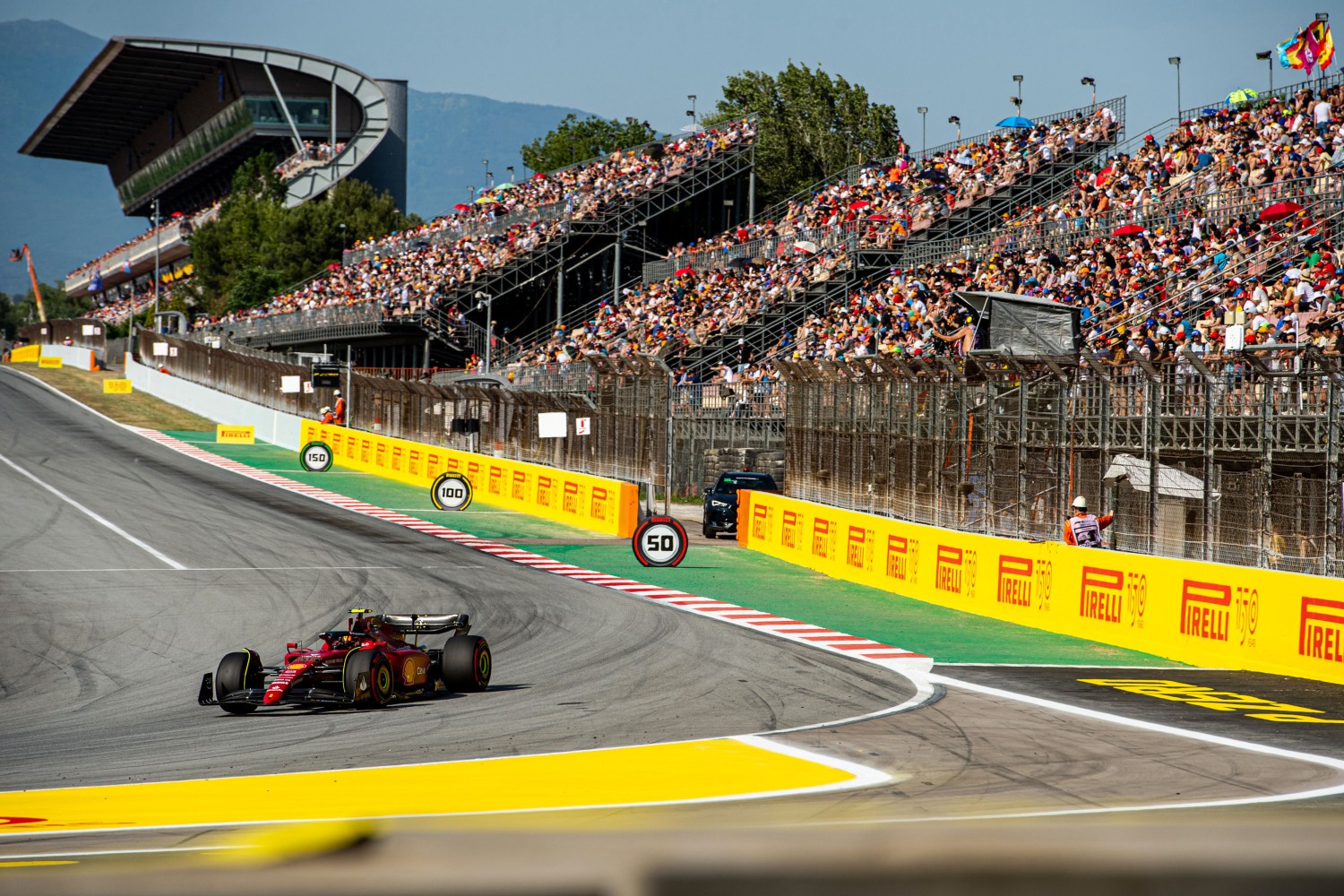
The combination of track changes, additional Pirelli tire testing and no pre-season test at Barcelona this year means its use as a ‘reference’ track is slightly diminished, but Barcelona will still be a useful benchmark.
For one thing, it’s the first permanent track we’ve raced at in 2023 since Bahrain, so is a better indicator for the upcoming European races than the temporary street tracks we’ve grown accustomed to in recent rounds.
Its position as the first European race of the year, as well as a popular test track, was a historic reason that many teams brought their first major updates to Spain. Teams and drivers have all run thousands of laps over years of visiting the track, so it’s as close to a known environment as you can get in the world of F1 racetracks.
A relatively warm and predictable climate means plenty of uninterrupted running, while there are numerous high- and medium- corners to test every aspect of the car’s performance – although the final trio of low-speed turns has been replaced by a high-speed pair of corners leading onto the main straight.
Weather Forecast
The Spanish Grand Prix hasn’t been hit by rain since 1996 but there’s always the chance.
Barcelona has mostly occupied a late-May or early-June slot in the calendar since 1991 and this year it’s no different. The Mediterranean-influenced climate means that weather is generally dry and this weekend the air temperature should hover around 23 degrees Celsius during the sessions.
There’s a small chance of thunderstorms on Friday afternoon and a very slight risk of showers on Saturday – and an even slimmer chance of rain on Sunday afternoon. Those clouds might loom ominously over the track, but precipitation is unlikely.
Wind can catch drivers out and unsettle their cars through high-speed corners, however, and gusts could reach 20km/h during FP2 and the race.
Pirelli Tires
Mario Isola: “Barcelona is the perfect test track”
“Traditionally, Barcelona has been one of the most popular venues for testing: both for cars and tires. It’s a complete track, featuring several different types of speeds and corners, and it also has a very long straight. As a result, aerodynamic efficiency is key to being competitive.
“The final sector has been modified for this year, reverting to the original layout without a final chicane. This makes it a much more flowing track now and also adds to the entry speed onto the main straight. There are two corners, Turn 3 and Turn 9, which are particularly demanding in terms of lateral forces exerted on the tires. We’ve chosen the same three types of tire as the season-opener in Bahrain, but it’s important to remember, when comparing to last year, that this year’s C1 is an entirely new compound, specifically designed to bridge the gap between the hardest tire in the range (now called the C0) and the C2.
“In theory, this should hand the teams a wider range of strategic choices, given that the hardest available compound last year wasn’t used at all in the race. Another novelty is the chance that the drivers will have during the first two free practice sessions to try out two additional sets of hard tires that feature the new construction that will be used from the British Grand Prix onwards.
“Apart from the use of some new material, which has already been homologated following an extensive test program, the latest specification is identical to the previous version. Initially this was scheduled for 2024, but its introduction has now been brought forward to make the structure more resistant to fatigue, as the loads generated by the current cars have already reached the targets set for the end of the season after only a few races.
“This new construction has no impact though on the technical parameters or performance of the tires. We also continue our 2024 testing campaign after the race, with Mercedes and Ferrari running over two days as we develop the compounds and constructions for next year.”
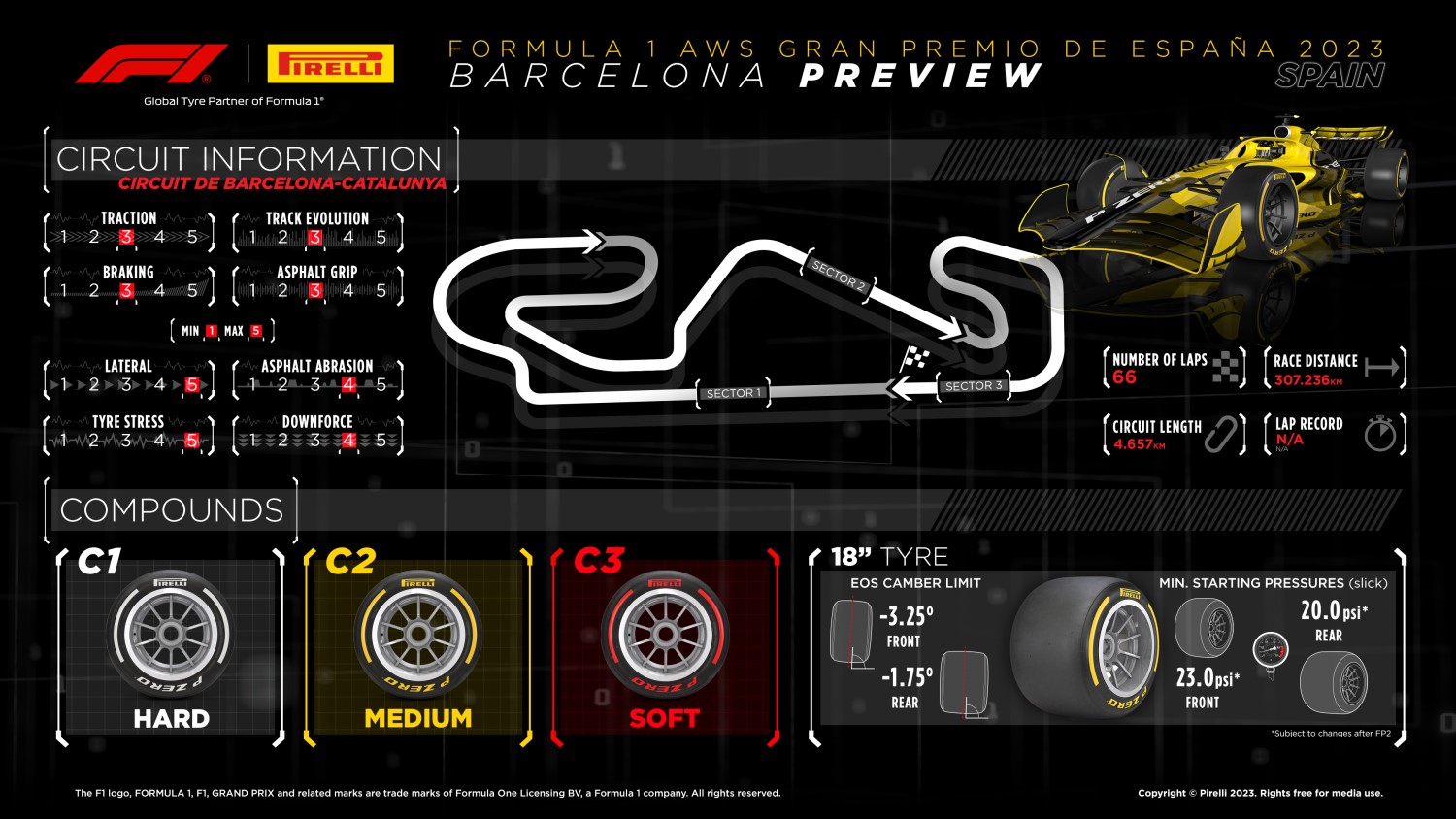
- The teams will have the C1 as P Zero White hard, C2 as P Zero Yellow medium, and C3 as P Zero Red soft at their disposal in Barcelona.
- The Montmeló track has undergone a major modification this year. The final chicane (Turns 14 and 15) that was introduced in 2007 has now been removed, with the track reverting to its original configuration. Other improvements concern the first corner, with a wider escape road and new barriers.
- This key change to the final sector will make it more flowing and less severe for the tires in terms of traction. The left-hand corners are mainly taken at low speed, while the right-handers tend to be flat-out.Last year, Red Bull’s race winner Max Verstappen used a three-stop strategy like most of his rivals, alternating between soft and medium. With the introduction of the new hard tire, this now adds another strategic factor into the mix.
